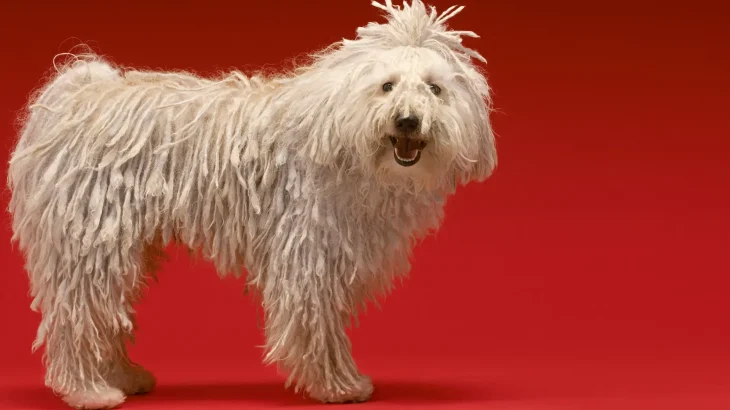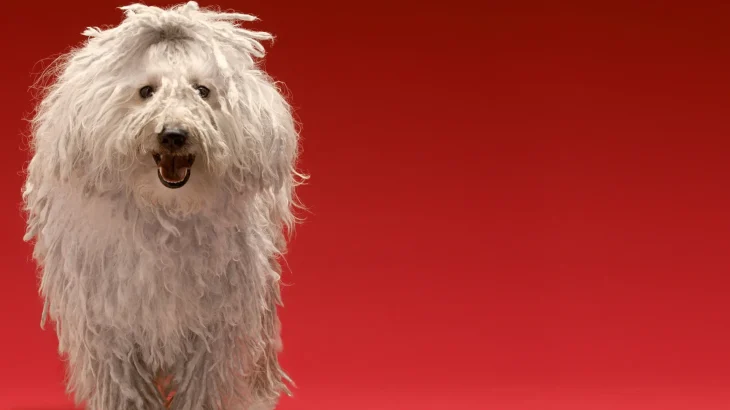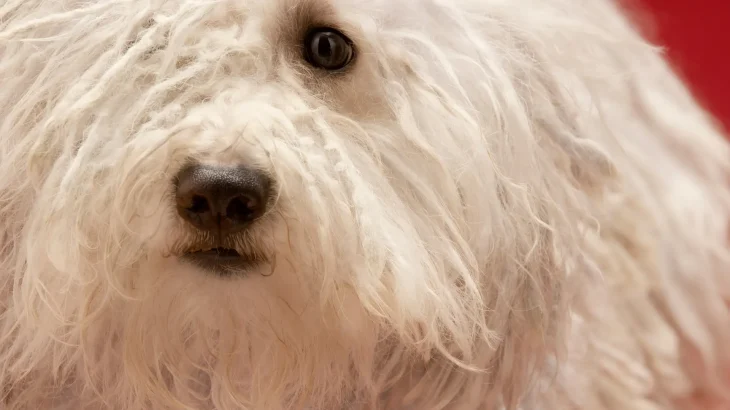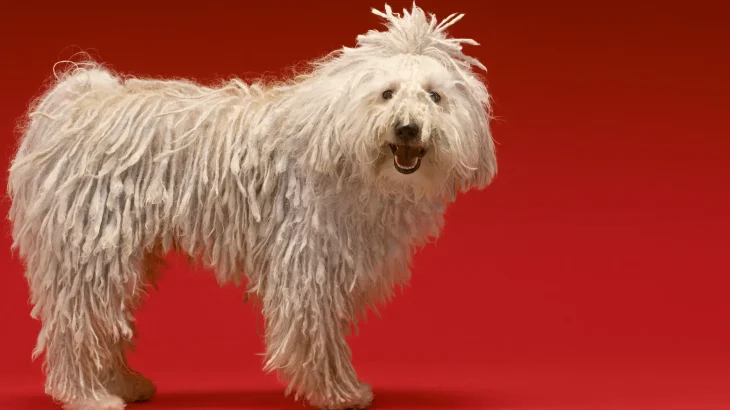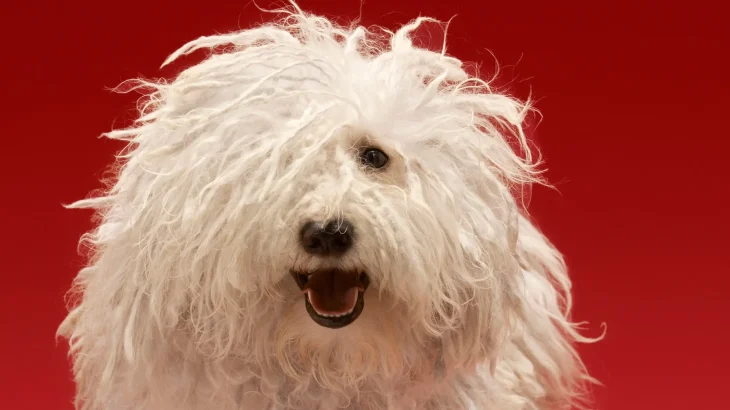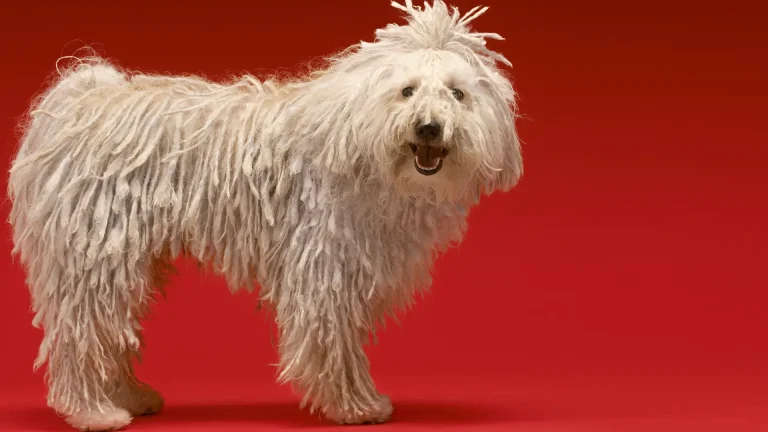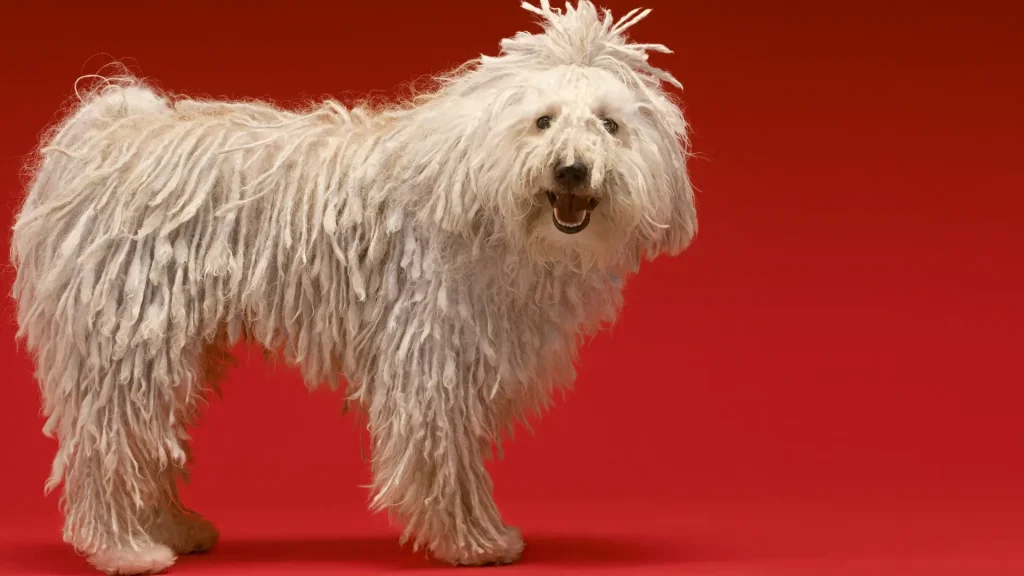When deciding whether to bring a Komondor puppy into your home, you might weigh the benefits of adopting versus purchasing. Adoption can offer a chance to give a deserving dog a second shot at life, whereas buying from a breeder often ensures a clearer view of your puppy's lineage and health. Both paths have their charms and challenges, especially considering the unique needs of the Komondor breed.
Adoption vs. Breeder: Pros & Cons
| Criteria | Buying from Breeder | Adopting from Shelter/Rescue |
|---|---|---|
| Cost | Typically higher cost, reflecting breed quality and lineage verification. | Generally lower fees, making it more budget-friendly to welcome a Komondor. |
| Health History | Extensive health records and screening for genetic concerns are usually provided. | Health background may be limited or unknown, though basic vet care is often included. |
| Age Availability | Usually available as puppies, perfect for early training and bonding. | Often includes a range of ages, from puppies to adults, giving flexibility. |
| Temperament Insight | Breeders can share detailed information on lineage temperament and social traits. | Staff can provide behavioral observations, but full history might be missing. |
| Supporting Practices | Supports responsible breeding and preservation of breed standards with careful breeder selection. | Supports animal welfare by providing homes to dogs in need and potentially reducing shelter populations. |
| Ethical Considerations | Important to verify breeder ethics to avoid puppy mills or irresponsible breeding. | Giving a dog a second chance aligns with ethical pet ownership values. |

